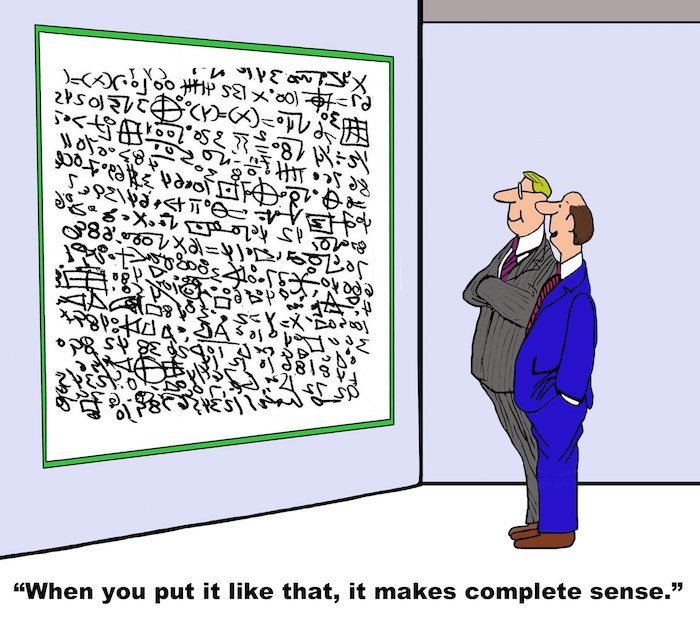Hi, I’m Andrew Berks, a US patent attorney, and I want to explain in 3 minutes what obviousness is, and how we address obviousness arguments from patent examiners, and how obviousness can even help you.
One of the basic concepts of the patent bargain is that they must be novel and non-obvious. This goes along with the general idea that patents protect new inventions (not old stuff). This is a universal concept of patents around the world.
When a patent is obvious, it means that a person of ordinary skill in the art would know that two or more prior art references can be combined to disclose every aspect of a patent claim.
The invention may be novel, which means every feature was not combined previously, but if its obvious, its not patentable. More technically, when an examiner argues that a patent is obvious, this means she can combine references, and allege that a person of ordinary skill would know for example that a hammer is used to hit a nail, so a reference to a hammer and a nail can be combined.
And who is a person of ordinary skill in the art? It’s a hypothetical person who is experienced in the subject matter. She’s not a superhero, and she not a teen ager who just read a Wikipedia article on the subject. So for a patent on new drugs, a person skilled in the art would have a Ph.D. in chemistry or pharmacology or something similar. An important point is that a person of ordinary skill knows all the literature on a subject – or can be expected to find all published knowledge easily.
Another key point is that there must be a teaching, suggestion, or motivation to combine references. This helps prevent a hindsight analysis, where knowledge of the goal is merely used to combine references like picking food items off a menu. A skilled person would be motivated to combine a hammer and nail because nails have a head adapted to be hit by a hammer.
Arguments that a patent is obvious are very common in patent prosecution and are favorites of patent examiners. We typically will argue that the combination of references does not cover every feature of the invention, or that there is no suggestion to combine the references.
But obviousness arguments can be used as a defense if you are accused of patent infringement. – we can argue the patent is invalid and should not have been issued in the first place.
Obviousness arguments can also be raised in post-issuance proceedings, such as Inter partes reviews in US practice. Many countries also have administrative proceedings where patents can be challenged after grant.
This is a very short discussion, but hopefully enough to give a basic understanding of this important concept. My job is getting issued patents for my clients and enforcing and defending patent rights. You can contact me for a strategy session to assess your ideas. Thanks for listening and have a great day.

